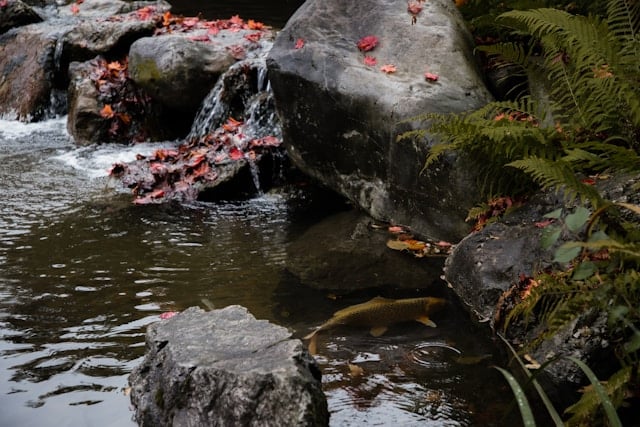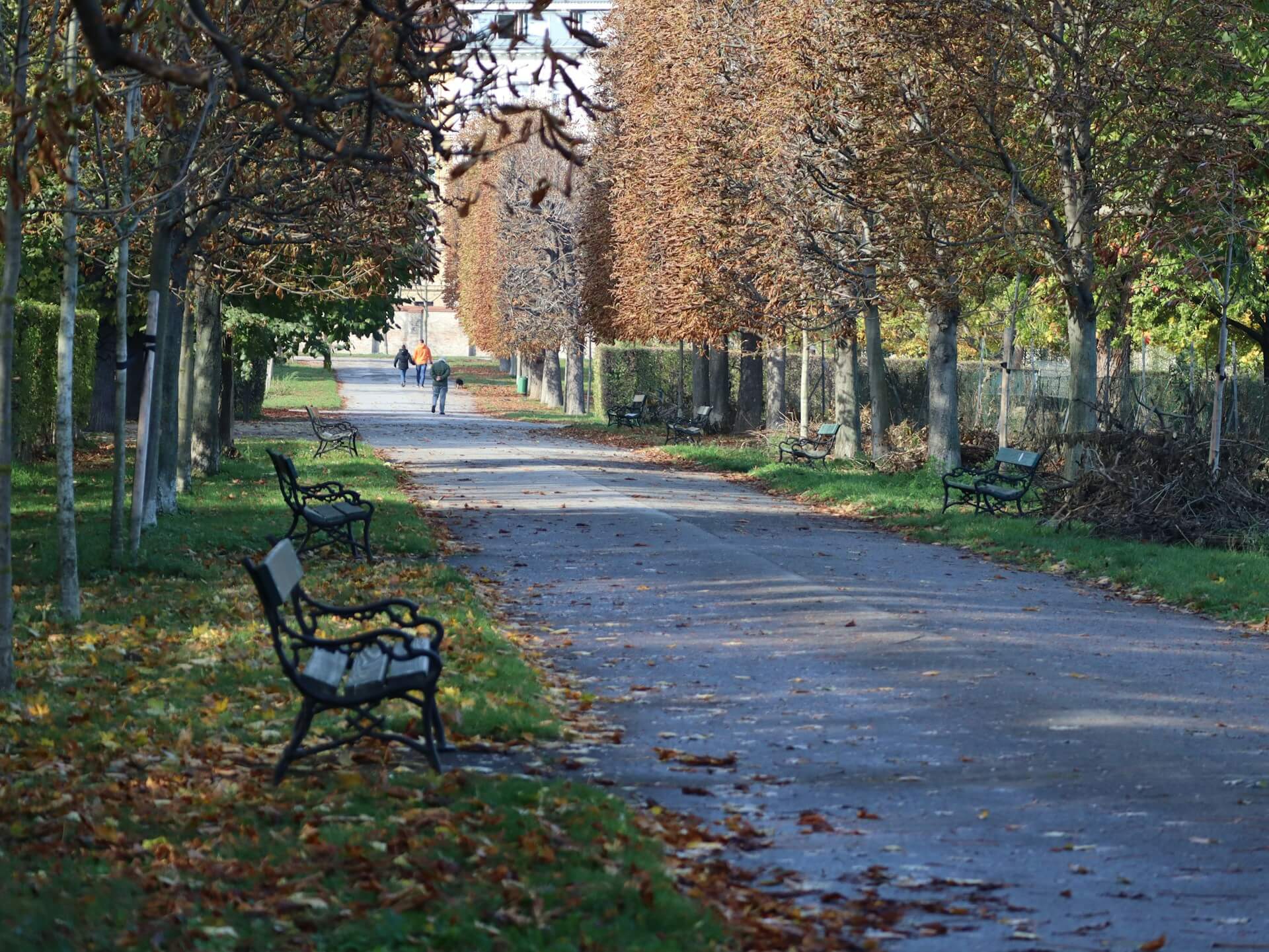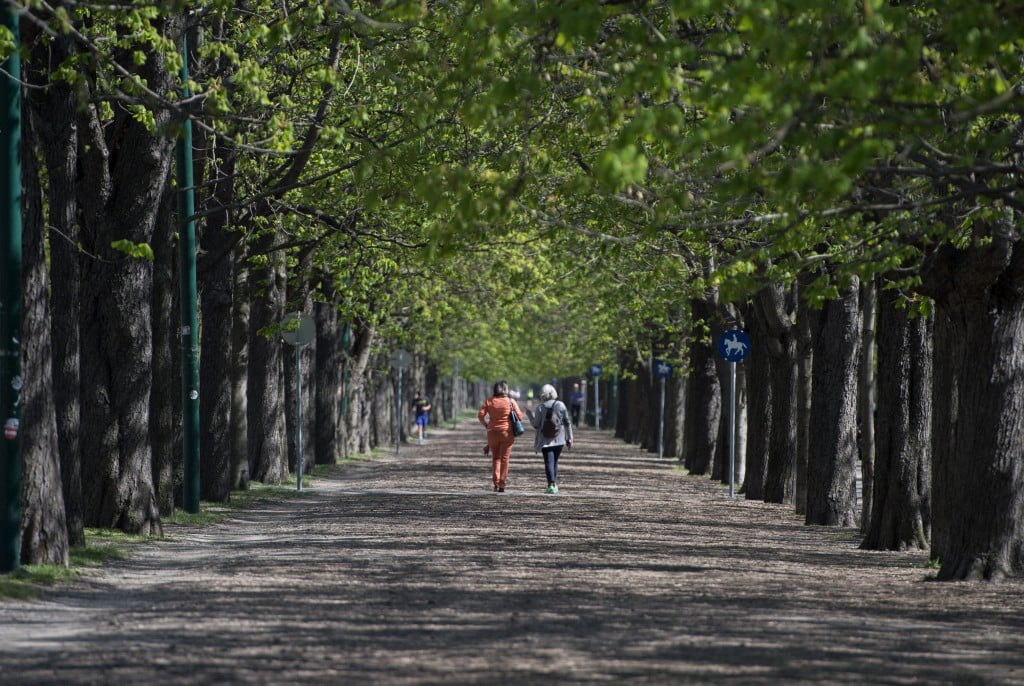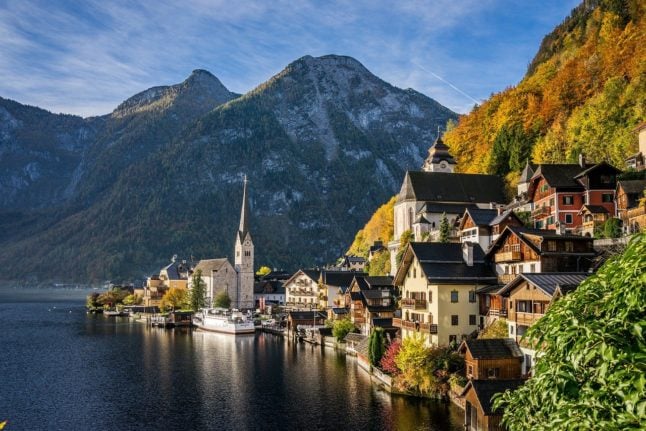For many of us, the best way of spending free time in a city during the spring is to go to a nice park. Vienna has many options when it comes to green places to enjoy the spring and summer sun. Here are some of the best parks in the capital.
Setagaya park
Setagaya Park is a beautiful Japanese garden in the district of Döbling. It is a great place to relax, walk around, and enjoy some time away from the city while experiencing the smell of Japanese blossoms.
The background takes us back to the early ’90s and Vienna’s relations with Japan. Döbling and the Setagaya district of Tokyo had a cultural agreement in the early ’90s, which gave rise to the idea of building a Japanese garden in Döbling.
The park was designed in the early 1990s by Japanese garden designer Ken Nakajima. The mayor of the Setagaya district in Tokyo presented gifts to Vienna for the garden, such as a teahouse, a pagoda, and an entrance arch, which formed the basis of the garden.
Setagaya park is famous for its serene ponds, uneven paths, cherry blossoms, and authentic Japanese architecture in the form of bridges, lanterns, and pagodas.

Türkenschanzpark
Türkenschanzpark is famous for its many ponds, streams, waterfalls, and fountains. In total, there are around 6,500 square meters of water features within the park.
Even if the park is located a bit further out in the city, in Währing, it does not stop it from being a well-visited spot. In addition to all its water features, it is also home to many special and rare plants, such as ornamental trees from China, Japan, and North America, which are often labelled with names.
Many people also enjoy seeing the mountain cowbells in the park, which are alpine flowers mainly used in homeopathy which bloom from April to May.
During the warmer months, the park is a great place to escape to enjoy the flowing water, plants, and to relax, read, and have a picnic in the sun. It also has a smaller playground, making it a popular spot for families.
Augarten
Augarten becomes a completely different park in the springtime. During winter, without the greenery and all the flowers, it looks rather depressing, which makes the transition to spring even more appreciated. In fact, Augarten is one of Vienna’s most beautiful and popular gardens, located in Leopoldstadt, very close to the city centre.
Augarten is a large park that, during spring and summer, bursts with colour from its many different types of flowers and trees. It is a great place for walking, running, playing games, or simply relaxing on a blanket. If you forget to bring something to eat or drink, there are also a few cafes and restaurants around.
Augarten is also home to the Augarten porcelain manufactory, with a museum that you can visit and where you can also book a guided tour.

Prater
Prater is one of the largest parks in Vienna, located in Leopoldstad, close to the city centre. It is a spacious area where you never have to compete for space. Here, you can gather as many people as you like and spread out to play games on the grass.
The park offers a lot, from numerous green spaces and ponds to restaurants and, of course, the amusement park. It’s a great place for a run, where you do not need to pass the same spot twice if you do not want to.
READ NEXT: Four Austrian national parks you need to visit
Prater hosts many festivals and food markets throughout the year, such as the Wiener Wiesn-Fest, also known as the Vienna Oktoberfest, for which you can book tickets already now.
The area is also home to hundreds of different animal species. In the ponds and small lakes, you can find mandarin ducks and mallards, while in the vegetation, there are snakes, lizards, and hares.

Vienna Stadtpark
Stadtpark is one of Vienna’s most beloved public parks, located in the city centre. It is a perfect place to relax in the middle of Vienna’s busiest areas.
The park is known for its laid back atmosphere and beautiful gardens. Here you can enjoy seeing both native and exotic trees and flowers, and it is a great spot to enjoy seasonal blooms such as tulips and roses.
Throughout the year, the park hosts many events, one of the most popular being the Genuss-Festival in May, where you can enjoy a variety of foods with a focus on regional products.




 Please whitelist us to continue reading.
Please whitelist us to continue reading.
Member comments